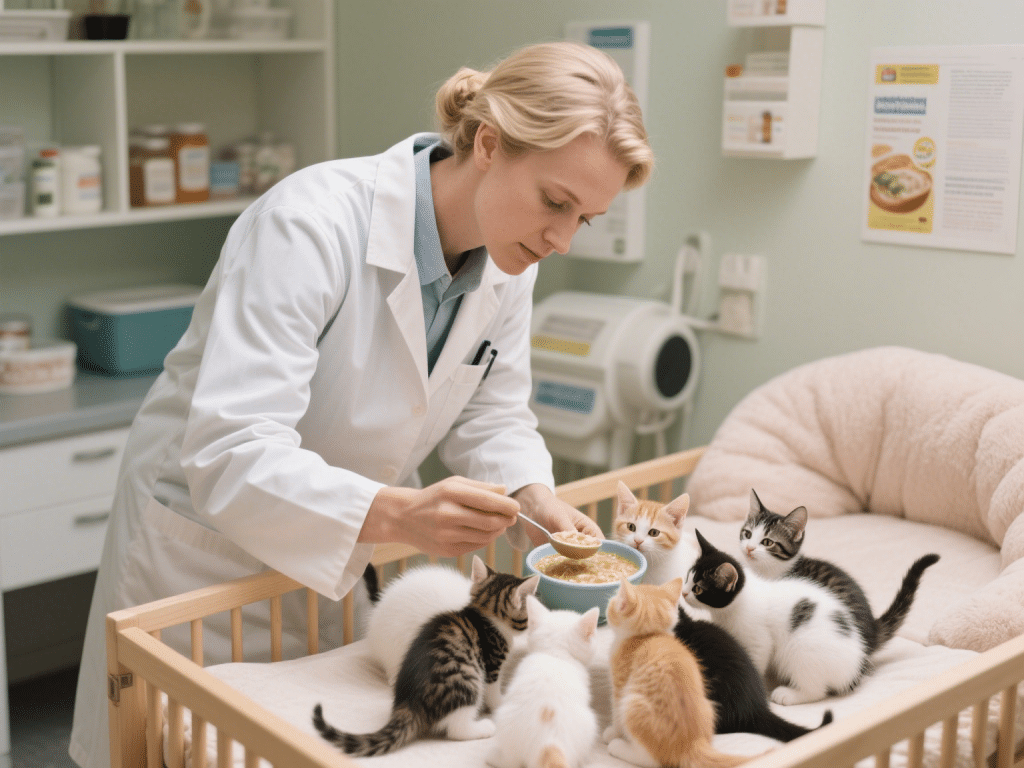
Weaning is a critical developmental phase for kittens, typically occurring between four and eight weeks of age. An improper transition can lead to nutritional deficiencies, digestive upset, or aversion to solid food⁵. Drawing on 10 years as a feline nutrition specialist, I’ve refined a step-by-step weaning protocol that supports healthy growth, strong immune function, and positive feeding behaviors.
Why a Structured Weaning Plan Matters
Kittens rely on maternal milk for antibodies and balanced nutrients. Rapid or inappropriate weaning risks gastrointestinal imbalances and stunted development. A controlled, gradual introduction to solids fosters proper tooth eruption, jaw development, and digestive enzyme adaptation.
1. Preparing the Starter Diet
Premium Kitten Formula: Continue offering high-quality commercial milk replacer until four weeks.
High-Protein Gruel: Mix 1 part wet kitten food with 2 parts replacer; whisk to a porridge consistency. Include probiotics to ease gut flora transition.
2. Week 1 (4–5 Weeks): First Tastes
Feeding Schedule: Offer gruel thrice daily after milk sessions. Limit gruel to 2–3 teaspoons per feeding.
Encouragement: Gently place whiskery kittens’ paws on the bowl rim. Use a damp fingertip to entice licking.
Observation: Look for signs of diarrhea or decreased appetite—adjust consistency or frequency accordingly.
3. Week 2 (5–6 Weeks): Increasing Solids
Thicker Gruel Ratio: Shift to 1 part replacer : 1 part wet food.
Introducing Dry Kibble: Offer a shallow dish of moistened kitten kibble. Encourage exploration rather than forced eating.
Dental Development: Include soft chew toys to strengthen teeth and jaws during eruption.
4. Week 3 (6–7 Weeks): Transitioning to Solid Food
Wet Food Focus: By seven weeks, kittens should consume predominantly canned food with minimal replacer.
Dry Food Availability: Provide fresh, dry kitten kibble at all times. Monitor intake and ensure water is accessible.
Behavioral Cues: Kittens that refuse solids may need slower progression—revert to previous consistency temporarily.
5. Week 4 (7–8 Weeks): Fully Weaned
Complete Switch: At eight weeks, kittens should exclusively eat solid wet and dry food.
Nutritional Balance: Choose diets meeting AAFCO kitten growth requirements—minimum 30% protein and 1.5% calcium.
Feeding Frequency: Offer four small meals daily to mimic frequent nursing behaviors.
Monitoring Growth & Health
Weekly Weights: Aim for 100–120 grams gain per week.
Stool Quality: Should be firm and brown; loose stools warrant probiotic supplements or diet adjustment.
Hydration Check: Ensure kittens are drinking water; skin tent test under scruff for hydration status.
Case Study: “Luna & Leo”
A litter with initial digestive upset overcame loose stools by incorporating a feline-specific probiotic and slowing transition in Week 2. By Week 4, both kittens met growth milestones and exhibited strong appetites for dry and wet diets.
Common Pitfalls & Solutions
Premature Dry Food Introduction: Leads to choking or GI distress—moisten kibble for first exposures.
Skipping Gruel Stage: Direct shift from milk to dry can cause refusal—always start with porridge consistency.
Overfeeding Milk Replacer: Displaces appetite for solids—strictly limit replacer volume after Week 1.
Conclusion
A carefully timed, step-by-step weaning protocol ensures kittens develop strong digestive systems, healthy growth patterns, and positive feeding behaviors. By gradually shifting textures and monitoring health, you’ll set the foundation for a lifetime of optimal feline nutrition. Patience and close observation are key—each kitten may progress at its own pace.


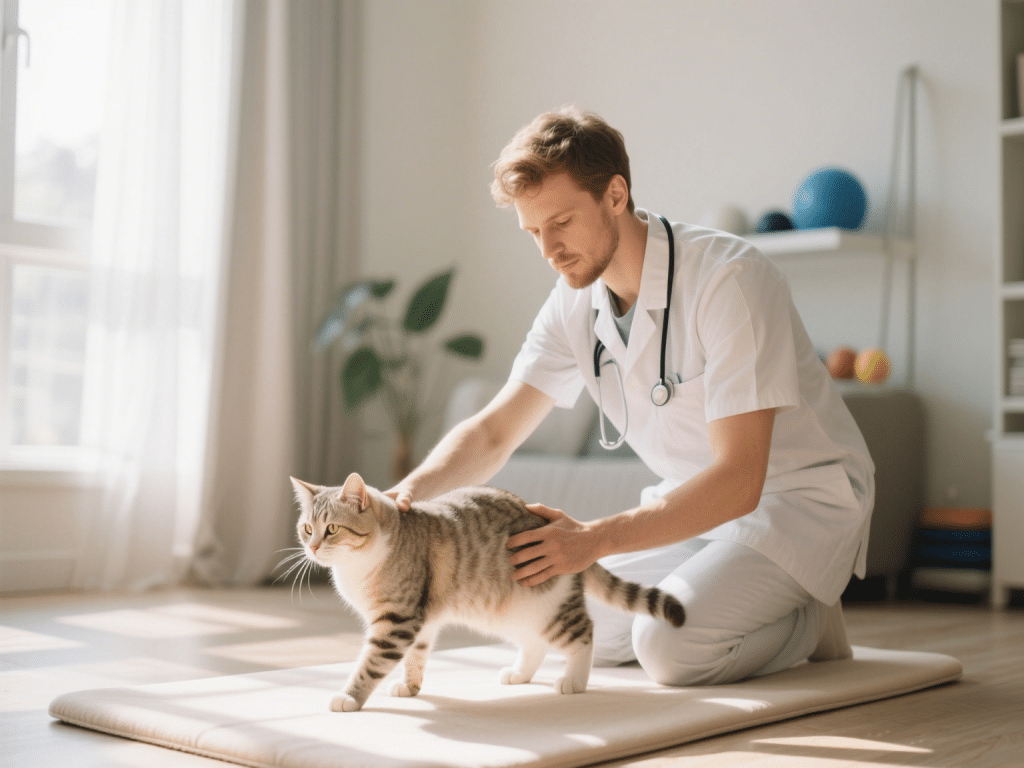
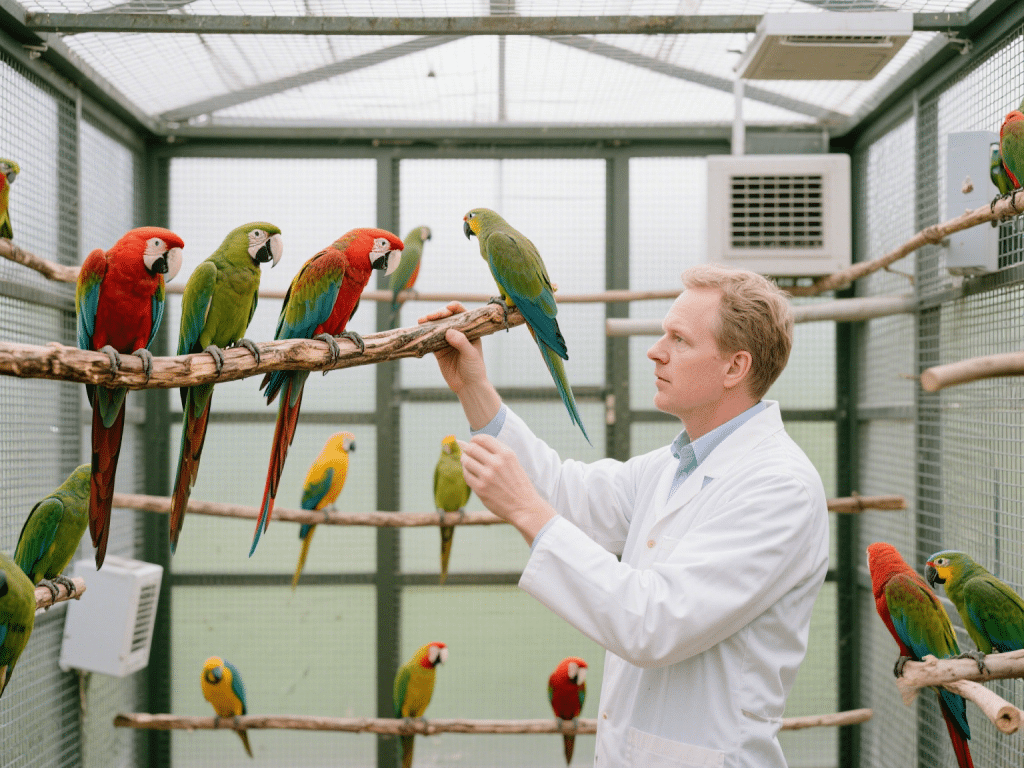
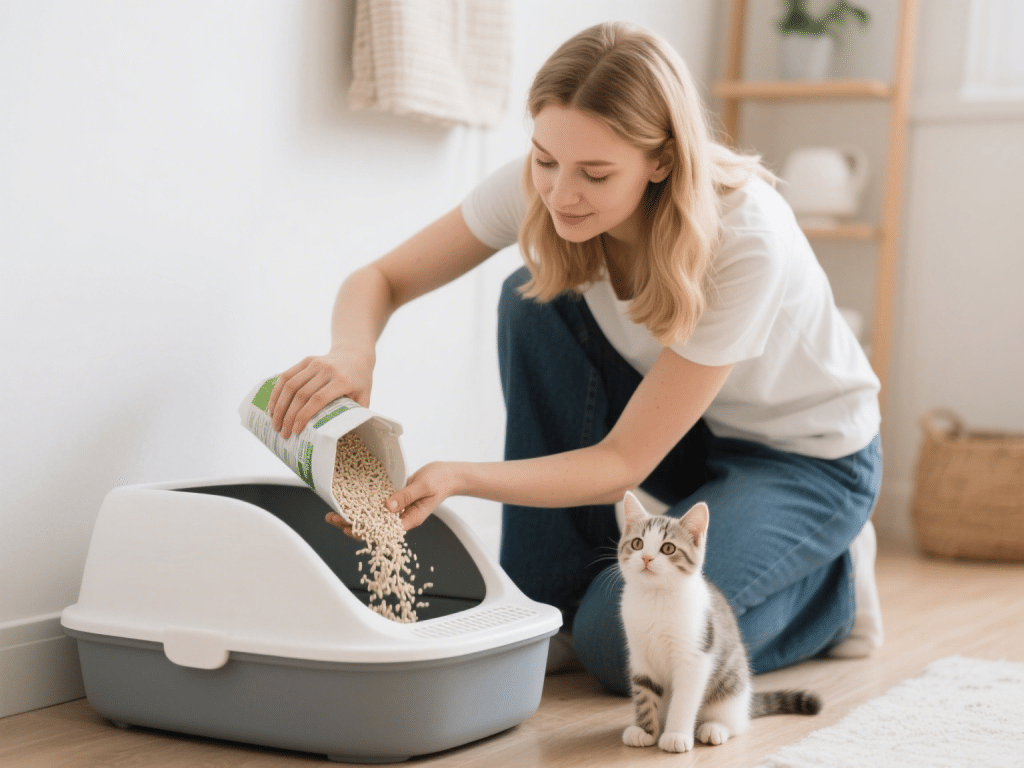


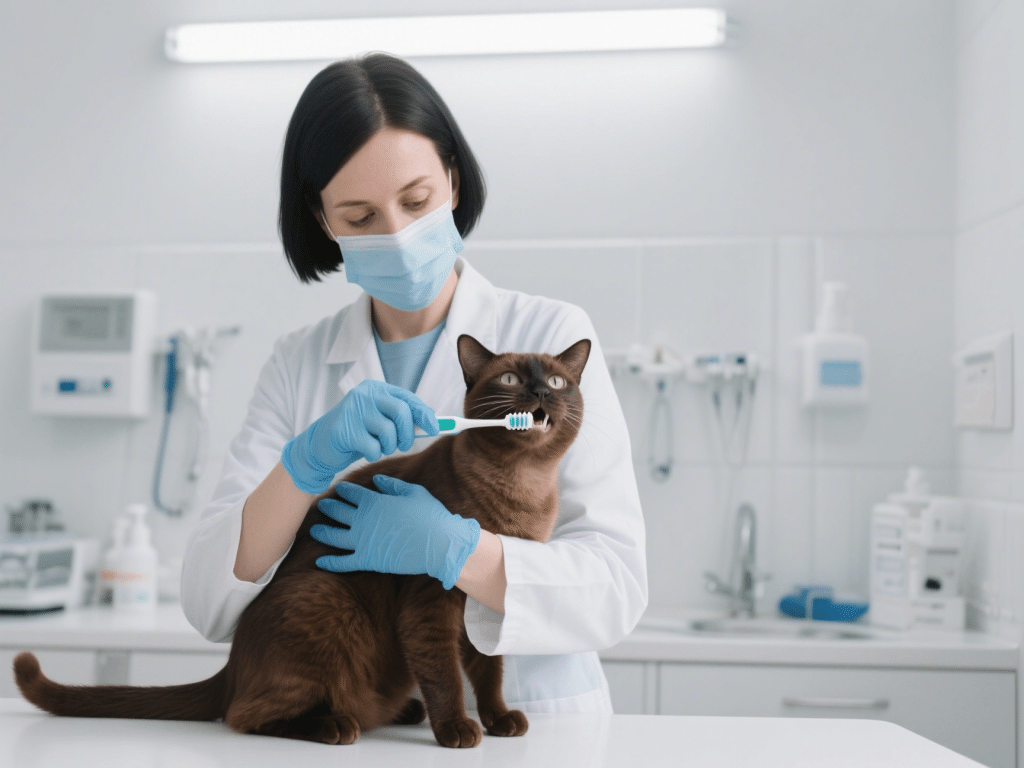

Comments on " Introducing Solid Food to Kittens: Step-by-Step Weaning Protocol" :